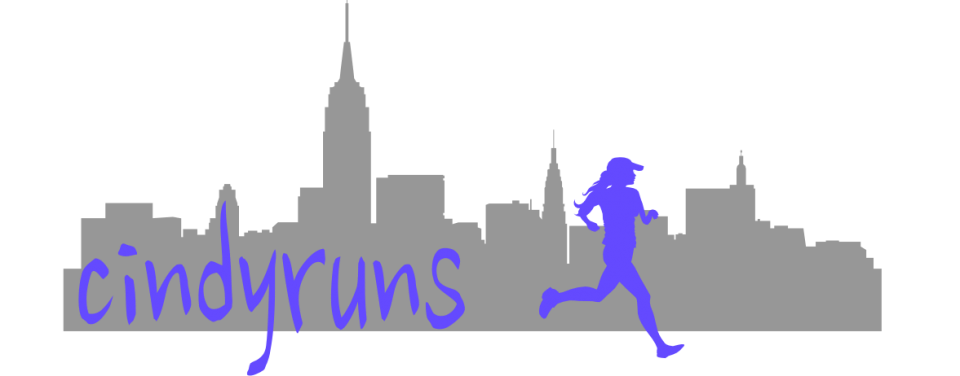Technology and fitness. Two of my favorite topics to talk about.
A couple of weeks ago, I learned about Oscar, an insurance company in New York and New Jersey that is using technology to help make healthcare more simple. They are even offering a free MisFit tracker to help their customers stay active. I love talking about technology and fitness, so I thought it would be great to share how I use technology to stay on track with health and fitness.
I think of technology in many ways, not just gadgets but tools that help keep me accountable and aside from my running shoes, and this winter, my layers, I sadly cannot get out the door without the technology I mention below.
iPhone. I know this is a cop-out answer but it’s true. My phone is the key to many of the apps and programs I will mention below. Plus, my iPhone holds my critical running playlists that I need to listen to while on the treadmill, especially now that I finished Serial!
Studio apps. I love that my favorite exercise studios have iPhone apps. It’s so easy to book a class when it pops into my head and it even prompts me to directly add it to my Google calendar. Thank you Local Barre and Prime Cycle.
Google calendar. Josh and I share our personal calendars. It’s mainly for him since he can’t remember anything and I am an elephant. Regardless, I put everything on the calendar from my exercise classes to training runs and even just blocking off time each weekend for my long runs. In some ways instead of carrying around my marathon training plan around with me, I just add it to the calendar.
Overcast app. I listened to the entire season of Serial over the course of 7 runs, only because one of those runs was 15 miles long. This app has been a savior with all the indoor running I’ve had to do this winter. I look forward to downloading other podcasts especially since I don’t think this winter is getting better anytime soon.
Social media. I know that there is much more to Instagram and Twitter than for people like me to post running related things but it serves a dual purpose. The days I am feeling lazy, I go into one of my social media feeds when I see posts from friends or other people/companies I follow in the health and fitness sector and boom, I feel bad for being lazy. Hopefully others feel the same away about my posts… at least sometimes.
Nike+ Fuelband. While there are so many new wearable products out now and I don’t believe the Fuelband is the best available (you can read my full review here), I really like the ability to track my activity from my wrist. I fully realize that it is not 100% accurate but it holds me more accountable. In fact, after I received my Fuelband, we gifted them to Josh’s whole family. For a while, we were syncing with the Nike+ Fuel app and were able to engage in some friendly competition (though I have to say I mostly always won… that’s what marathon training does to you, huh?).
Garmin Forerunner 220 GPS watch. I love this watch (my full review is here). I purchased a GPS watch as soon as I started marathon training and I highly recommend it to anyone who thinks they are serious about running. Even if you’re just starting out, an entry-level GPS watch would be a good start. For me, there’s something about a shiny new toy helps motivate me (some new clothes too, but this post is about technology). The great thing about the Garmin Forerunner watches is that it syncs wirelessly with the Garmin Connect app and through adapter on the computer. The app not only tracks your runs, splits, shoes (new feature!), notes, etc, but it also lets you connect with others. You’d be surprised how beneficial that is. Some of my running friends (you might be thinking running nerds soon) “stalk” each other to see how many miles they’ve run that week or even to see what their splits are for a specific run. Okay, I know that this sounds a little creepy, but it helps with accountability and motivation to push a little harder.
RunningAHEAD. In addition to syncing my runs with Garmin, I also update with RunningAHEAD. At the time, I really liked it for the shoe mileage tracking feature since Garmin didn’t have it but overall, I like the user interface of RunningAHEAD more and it also works well as a feed into the mileage tracker on my blog.
cindyruns.com. Of course, my blog! Blogging makes me accountable and hopefully inspires some along the way. I also read a ton of other running blogs and these bloggers inspire me more and more each day. I originally started blogging to document training for my first marathon so that way I can share it with family and friends but over time, blogging morphed into much more than that. Blogging is another way for me to focus on the positives.
There are so many other tools that I used to use or periodically, like an online food diary and some of which I mentioned in an earlier post about marathon training while on vacation, but this is a list of tools that I rely on. There are so many options out there, and things that work for me, may not work for everyone, but I think the most important aspect is that technology really helps make staying active easier.
I’m interested in learning about other cool apps or gadgets that you use. What are your favorite technology tools for health and fitness?












